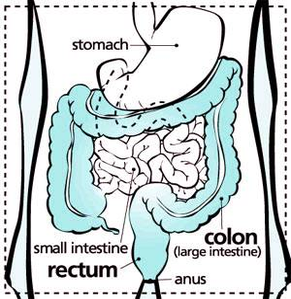Colon Cancer Screening

Screening is the best way of finding colorectal cancer early. Most people ages 50 to 74 are at average risk of getting colorectal cancer, meaning they do not have a first-degree relative (parent, brother, sister or child) who has been diagnosed with colorectal cancer.
If you’re between 50 and 74, you should do a home screening test every 2 years. The home screening test is the best way to prevent colorectal cancer. The home screening test can see what you cannot see – hidden blood in the stool. The home screening test can help find: colon and rectal cancer in an earlier stage making it more easily treated.
Several screening tests can be used to find polyps or colorectal cancer. The Task Force outlines the following colorectal cancer screening strategies. Talk to your doctor about which test is right for you. The guaiac-based fecal occult blood test (gFOBT) uses the chemical guaiac to detect blood in the stool.
